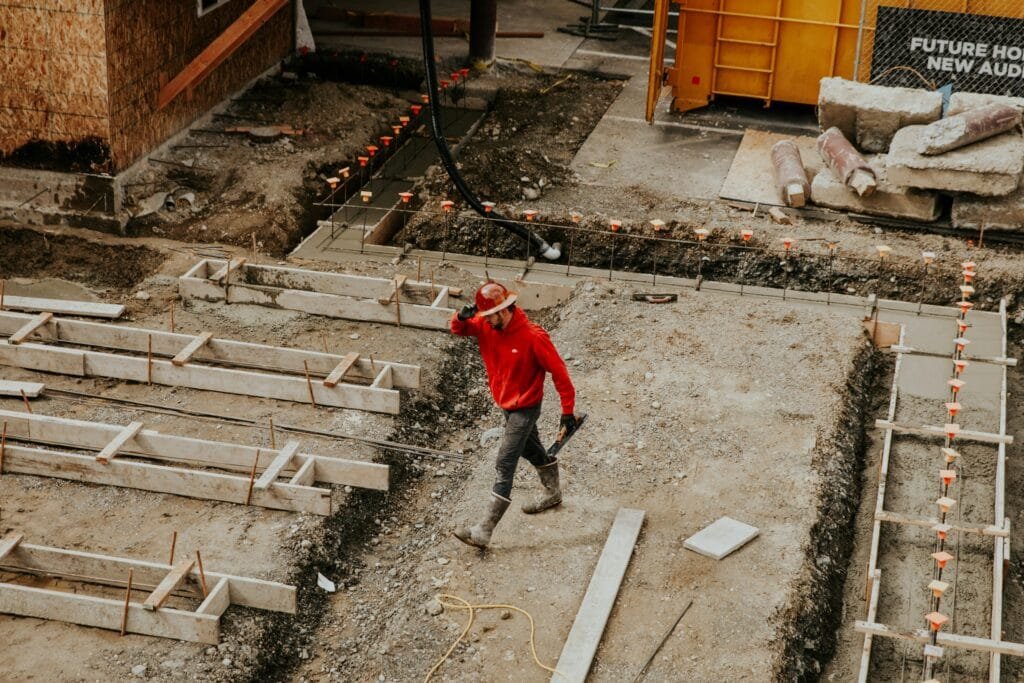
A Beginner’s Guide to Foundation Preparation for Small or Large Home Projects
Disclosure: We may earn money from the companies mentioned in this post, but we only recommend brands that we truly love and trust.
When starting any construction project, the foundation preparation stage is critical to ensuring structural stability and longevity. Whether you’re tackling a small shed or laying the groundwork for an entire home, understanding the process and tools involved is essential. This guide will walk you through every step, from surveying the site to the final finishing of the concrete foundation.
The Ultimate Guide to Perfect Foundation Preparation for Small or Large Home Projects
Step 1: Site Survey and Planning with a Construction Building Surveyor
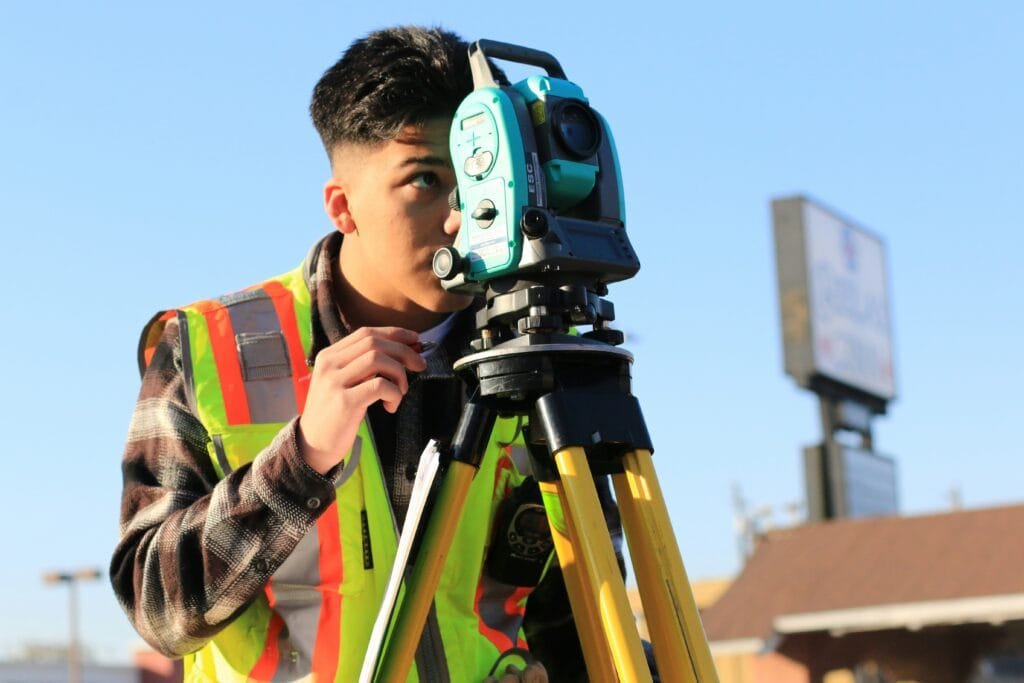
The Role of a Construction Building Surveyor
A construction building surveyor plays an integral role in foundation preparation. Their expertise ensures the site is properly assessed for soil conditions, drainage, and other environmental factors. Hiring a licensed surveyor ensures that your project complies with local building codes and zoning regulations.
Creating a Site Plan and Site Development Plan
Developing a comprehensive site plan and site development plan is crucial before breaking ground. A site plan provides an overview of the property layout, showing boundaries, existing structures, and the proposed foundation’s location. The site development plan delves deeper, detailing drainage solutions, excavation plans, and material requirements.
Essential Tools for the Surveying Stage
- GPS Survey Equipment: We recommend the Handheld GPS Survey Equipment, BEVA GPS Land Measuring Instrument mini.
- Heavy Duty Measuring Tape: The Craftsman 25ft should comply with your needs.
- Laser level or optical level: The best is the Firecore Laser Level with Tripod, 360° Self Leveling Cross Line Laser Level
- Surveying stakes and markers: Can’t go wrong with Hi-Vis Orange survey marker.
Step 2: Site Preparation and Foundation Excavation
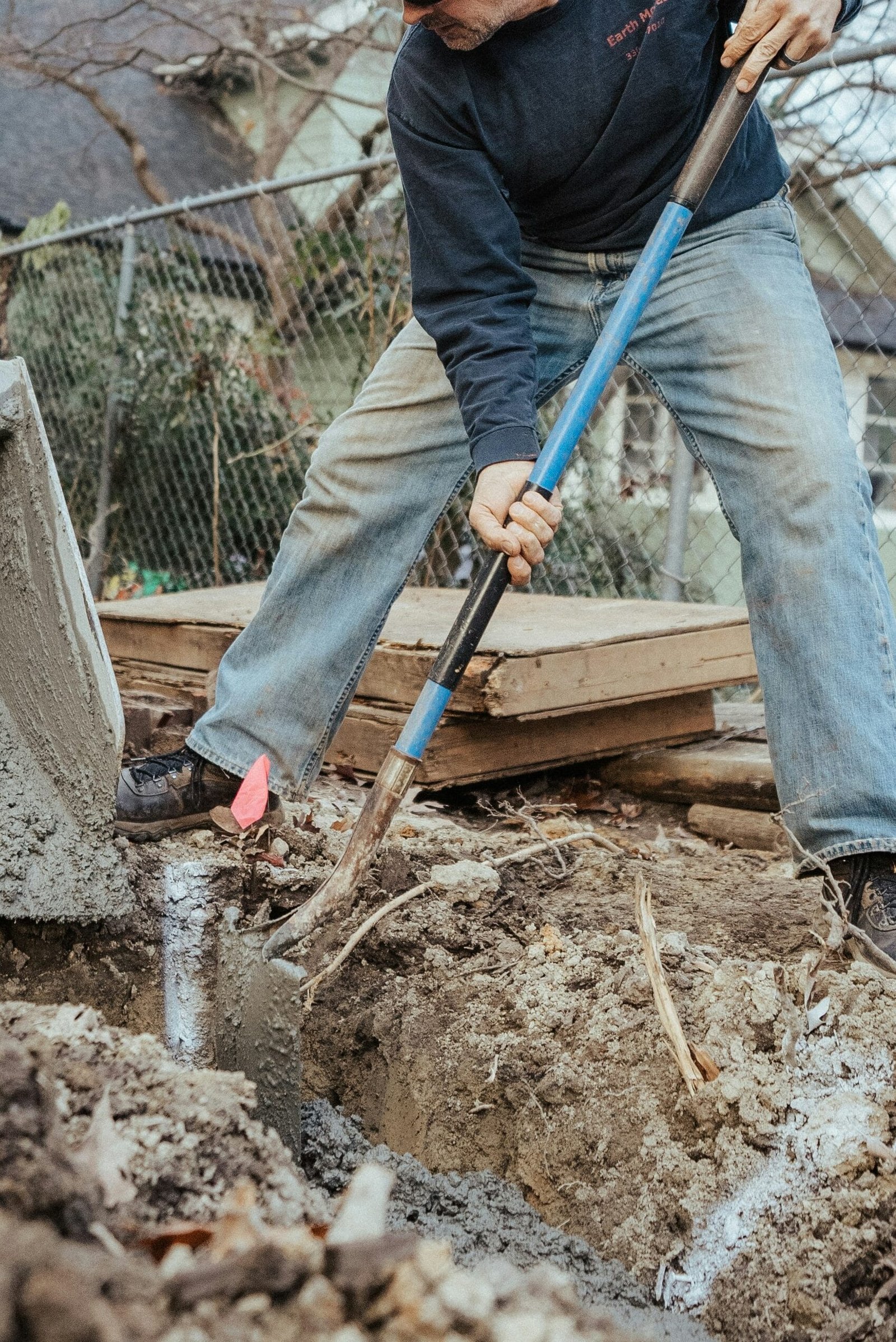
Preparing for Footings
Footings are the base of your foundation, designed to distribute the building’s weight evenly. They must be excavated to precise depths and widths based on your site’s soil type and local building codes.
- Mark the Footing Boundaries: Using stakes and string, outline the footing locations.
- Excavate: Dig trenches for the footings, ensuring they’re level and free of loose soil. A mechanical excavator may be required for larger projects.
Slab Excavation
Once footings are in place, the remaining area for the concrete slab must be cleared and leveled. This step involves removing rocks, debris, and organic material while compacting the soil for stability.
Recommended Tools for Excavation
- Shovels and spades: The Fiskars Garden Shovel for Digging, Heavy Duty Steel is the best seller.
- Mechanical excavator (for large projects)
- 16-inch Ground Rebar Stakes (use these to anchor guides and formboards)
Step 3: Reinforcing the Foundation with Rebar and Steel
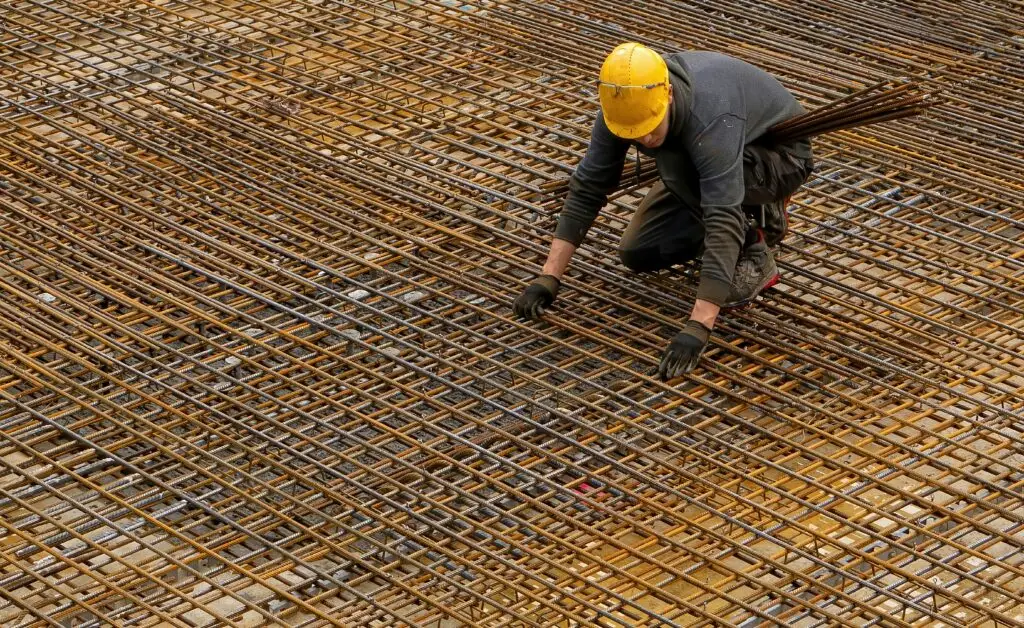
The Importance of Rebar in Foundation Stability
Reinforced concrete uses steel bars (rebar) to increase its tensile strength, reducing the risk of cracks and structural failure. Proper placement of rebar is crucial for meeting engineering requirements.
Steps to Install Rebar
- Cut and Bend Rebar: Use tools like the 5/8 Inch Electric Hydraulic Rebar Cutter for precision cuts and bends.
- Tie the Rebar Together: Use a Rebar Tie Gun Pro or Automatic Rebar Tie Tool to secure intersections quickly.
- Position the Rebar: Place the rebar grid or framework within the excavated areas, ensuring it’s elevated using rebar chairs to prevent direct contact with the soil.
Recommended Tools for Rebar Installation
Step 4: Forming Exterior Walls for Concrete Pour
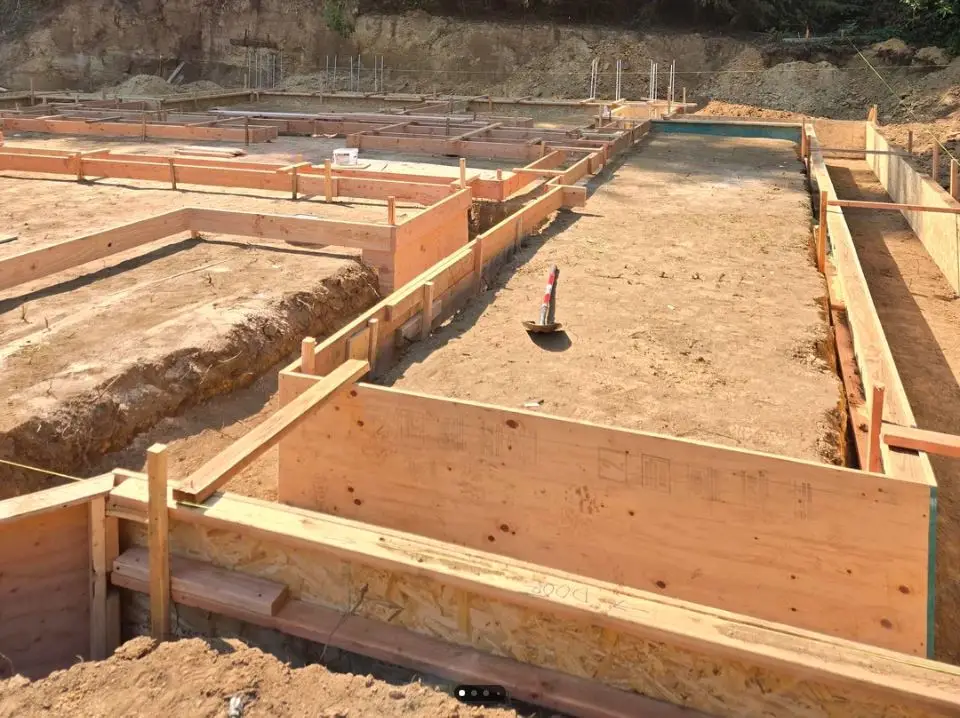
Purpose of Formboards
Formboards act as molds that shape and contain the concrete during the pour. They’re essential for achieving precise edges and maintaining the slab’s integrity.
Steps to Build Formboards
- Measure and Cut Formboards: Use durable lumber or metal panels that match the slab’s dimensions.
- Anchor the Formboards: Secure the boards using 16-inch Ground Rebar Stakes and ensure they’re level.
- Reinforce the Formboards: Use additional bracing to prevent movement during the pour.
Tools for Building Formboards
- Dewalt 20V Max Circular saw for cutting boards
- Laser Level Line Multipurpose as measuring tool
- Hammer and nails or screws
Step 5: Pouring Concrete with Concrete Ready Mix
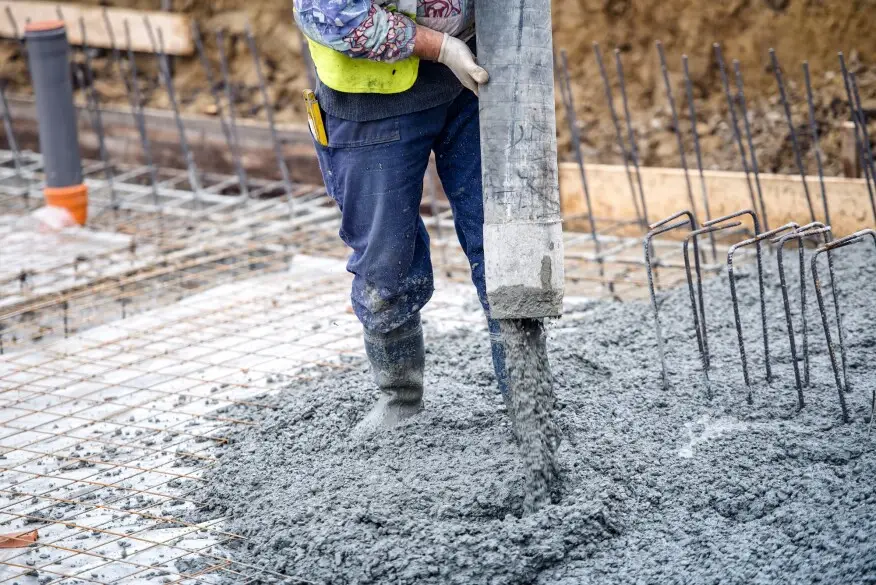
Selecting the Right Concrete Ready Mix
Using a concrete ready mix ensures a consistent blend of cement, aggregates, and water. This eliminates the guesswork involved in manual mixing and guarantees structural integrity.
Steps to Pour the Concrete
- Prepare the Site: Wet the ground slightly to prevent the soil from absorbing moisture from the concrete.
- Pour the Concrete: Transport the concrete using wheelbarrows or a pump truck.
- Spread and Level: Use a 72-inch Concrete Screed to spread and level the concrete evenly.
- Vibrate the Concrete: Use the XtremepowerUS 1HP Handheld 780W Concrete Vibrator to eliminate air pockets and ensure a solid foundation.
Step 6: Smoothing and Finishing the Foundation
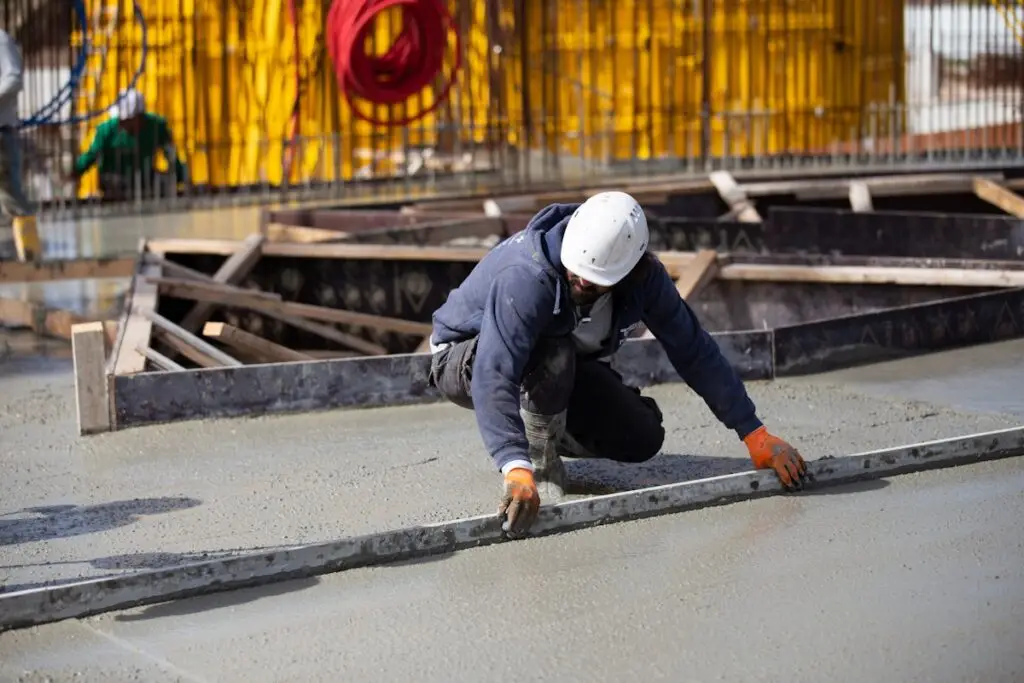
Smoothing and Edging
Once the concrete is poured, it’s time to smooth and finish the surface. This ensures durability and prepares the foundation for further construction steps.
- Float the Surface: Use a bull float to smooth out the concrete.
- Edge the Slab: A MARSHALLTOWN Straight Concrete Edger helps create clean edges and prevents chipping.
- Apply Curing Compound: This helps retain moisture and prevents cracking during the curing process.
Recommended Tools for Finishing
- IMAYCC Cement Mixer (for additional small batches)
- MARSHALLTOWN Straight Concrete Edger
- Trowels and floats
Conclusion
Foundation preparation is a meticulous process that forms the backbone of any construction project. From surveying and site planning to concrete pouring and finishing, each step plays a vital role in ensuring stability and longevity. By using the right tools, such as those listed here, and following proper techniques, you can lay a solid foundation for your project.
Take the first step toward transforming your home project ideas into reality. Explore homeprojectsupply.com to find the perfect tools for your next project, and bring your creative vision to life with confidence!

Amazon Tools for Foundation Preparation
To help you complete your foundation preparation project efficiently, here’s a list of recommended tools available on Amazon:
- XtremepowerUS 1HP Handheld 780W Concrete Vibrator – Ensures air pockets are removed for a solid foundation.
- 5/8 Inch Electric Hydraulic Rebar Cutter, Portable Rebar Cutter – Makes cutting rebar quick and precise.
- Rebar Tie Gun Pro, Automatic Rebar Tie Tool – Speeds up the process of securing rebar intersections.
- IMAYCC Cement Mixer, 2100W Electric Concrete Mixer – Perfect for mixing concrete evenly and consistently.
- OX Tools Concrete Screed, Pro Series 72 Inch Screed – Levels and smooths out poured concrete effectively.
- NEIKO 61025A Automatic Rebar Wire Twister Tool with Level Vial – Simplifies rebar tying for accuracy and efficiency.
- 16-Inch Ground Rebar Stakes (16 pcs) Heavy Duty Metal Spikes – Ideal for securing formboards and structures.
- MARSHALLTOWN Straight Concrete Edger, 6 x 6 Blue Steel Blade – Helps create clean, professional concrete edges.
- DEWALT 20V MAX 7-1/4-Inch Cordless Circular Saw with Brake – Features a high-efficiency brushless motor and electric brake, perfect for cutting formboards and other materials.
FAQs
- What does a construction building surveyor do? A surveyor assesses the site, checks for potential issues, and ensures compliance with local building codes.
- Why is rebar important in concrete foundations? Rebar reinforces the concrete, increasing its tensile strength and preventing cracking over time.
- What is a concrete ready mix? It is pre-mixed concrete that offers consistent quality and saves time during the pouring process.
- How do I ensure my formboards are level? Use a laser or spirit level and secure the boards firmly with rebar stakes.
- Can I use basic tools instead of specialized ones for small projects? Yes, but specialized tools like a concrete vibrator and rebar cutter ensure a higher-quality foundation.
